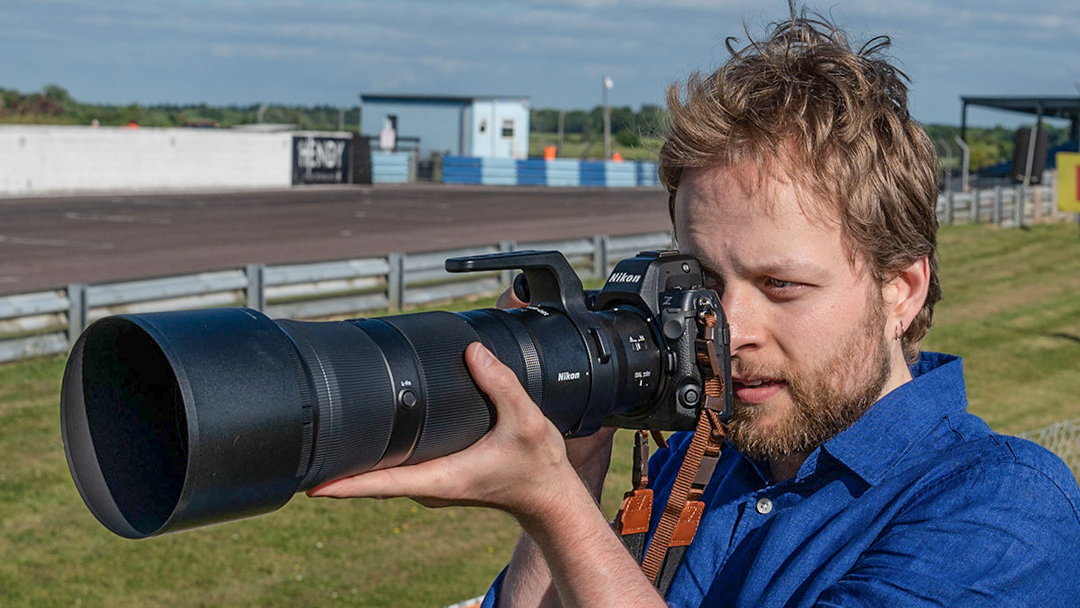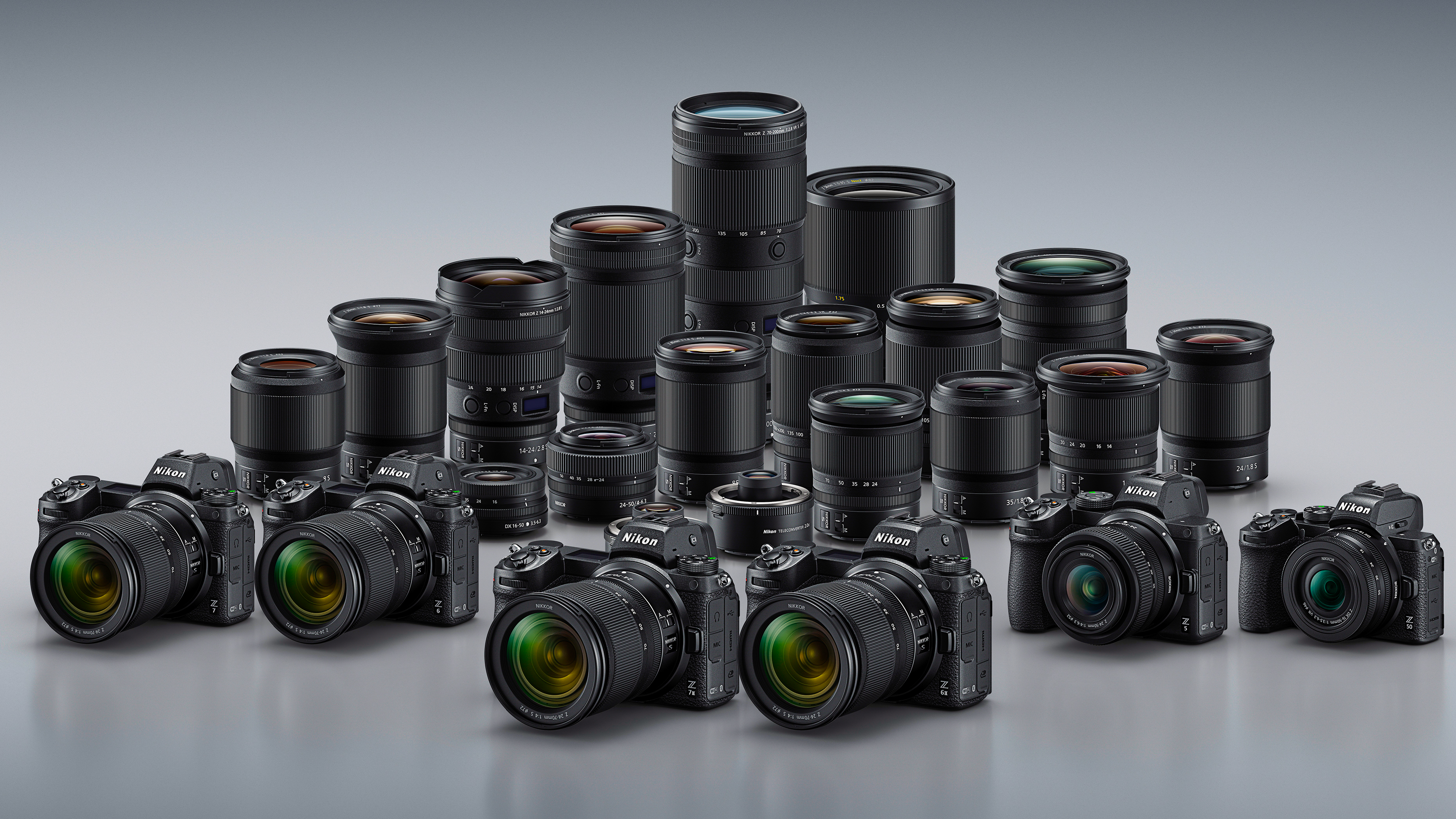My Nikon Z 180-600mm is my favorite lens, and I’ve just realized it’s manufactured in China
Nikon moved domestic camera production to Thailand years ago but it surprised me just how many lenses are now made in China

Nikon Rumors has published an updated list of Nikon hardware and its country of origin, but if you’ve not kept tabs on the legendary Tokyo-based brand’s movements over the past few years, you might be a little surprised to learn that the ‘Big N’ decided to stop making cameras in Japan a few years ago and that only a select few lenses are still manufactured domestically.
The lion’s share of Nikon’s mirrorless hardware is made in Thailand – including all of its Z-Series cameras – but an increasing number of lenses (18 to be exact) are being manufactured in China, too. And if you've been surprised by the quality of optics from Chinese brands such as 7Artisans and Viltrox, you won't be surprised to hear that Nikon optics made in China still boast the ‘Big N’s’ legendary quality.
I bought my beloved Nikon Z 180-600mm f/5.6-6.3 VR – one of the best lenses for bird photography – without any thought as to where it was made, and its quality is hard to beat. The zoom ring and control ring move fluidly, nothing rattles and the whole thing feels solid as heck, especially thanks to that premium-feeling internal zoom.

And while you can moan about Nikon gear losing some of its ‘mojo’ by being manufactured outside of Japan, you can’t argue with the prices. The Z 180-600mm is an incredible deal for a full-frame, super-telephoto lens in 2024. I think it's revolutionized the quality of long-range lenses that are an achievable purchase for the average enthusiast, besting the already very good Nikon AF-S 200-500mm f/5.6E ED VR.
China’s churning out some serious S-Line optics, too. The Nikon Z 85mm f/1.2 S is a simply sublime-quality lens, as is the mammoth Nikon Z 800mm f/6.3 VR S. I always thought it was a slight shame that the Nikon Z 14-24mm f/2.8 S isn’t made in Japan (it’s made in Thailand) given that the rest of the S-Line 'holy trinity' – Nikon Z 24-70mm f/2.8 S and Nikon Z 70-200mm f/2.8 VR S – is constructed there. But Thailand churns out top-quality optics, too.
It did initially surprise me that Nikon decided to move all camera manufacturing to Thailand – even the flagship Nikon Z9 is made there. But it doesn't seem to have hurt camera sales and it certainly didn't stop me from picking up my Nikon Z8. Overall, the manufacturing shift hasn't impacted my day-to-day as a Nikon photographer.
And Nikon isn't the only brand to do this. The Fujifilm X-T5 and Fujifilm X100VI are made in China, most of the best Sony cameras are made in Thailand and many Apple products are made in China, too.
Get the Digital Camera World Newsletter
The best camera deals, reviews, product advice, and unmissable photography news, direct to your inbox!
If I'm being entirely honest, I can't help but feel that a camera or lens made in Japan – the undisputed king or queen of photographic manufacturing – has that little bit of extra pizazz. But does it pain me to be using pro-grade Nikon kit manufactured in Thailand and China? No, not at all.
It’s still fantastic, it’s still reliable and it’s still Nikon.
You might also like...
See our guide to the best Nikon Z lenses, and the best lenses for sport photography

Mike is Digital Camera World's How To Editor. He has over a decade of experience, writing for some of the biggest specialist publications including Digital Camera, Digital Photographer and PhotoPlus: The Canon Magazine. Prior to DCW, Mike was Deputy Editor of N-Photo: The Nikon Magazine and Production Editor at Wex Photo Video, where he sharpened his skills in both the stills and videography spheres. While he's an avid motorsport photographer, his skills extend to every genre of photography – making him one of Digital Camera World's top tutors for techniques on cameras, lenses, tripods, filters and other imaging equipment – as well as sharing his expertise on shooting everything from portraits and landscapes to abstracts and architecture to wildlife and, yes, fast things going around race tracks...
